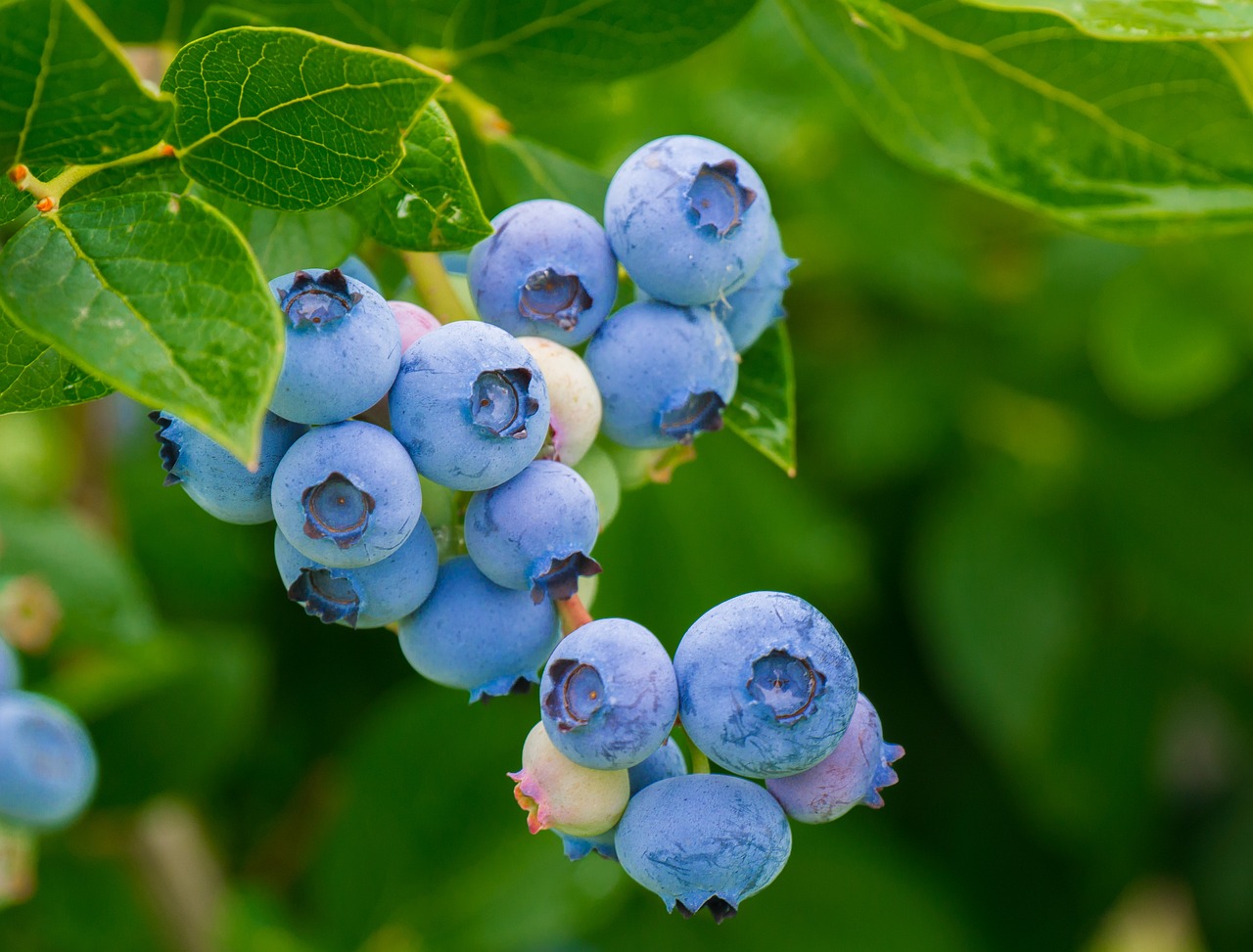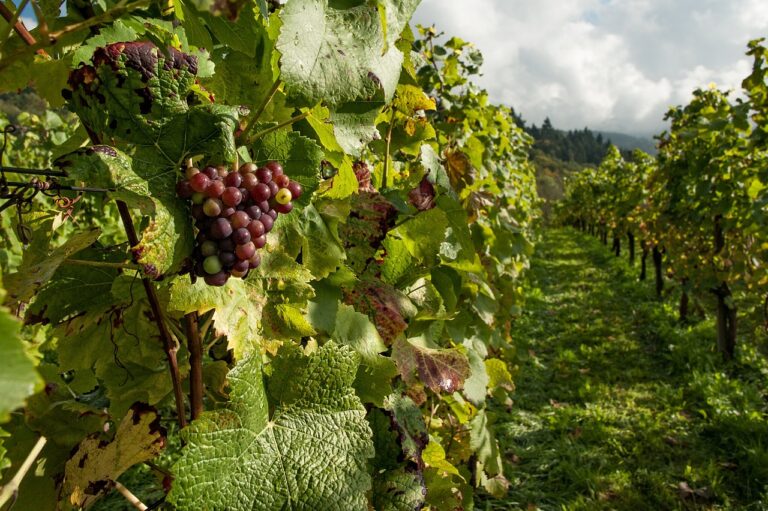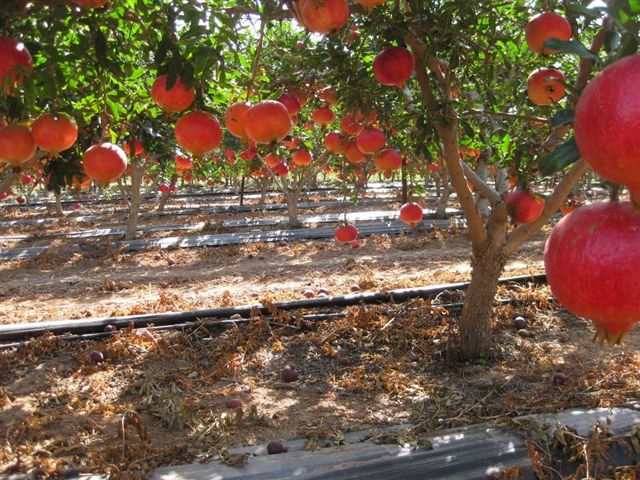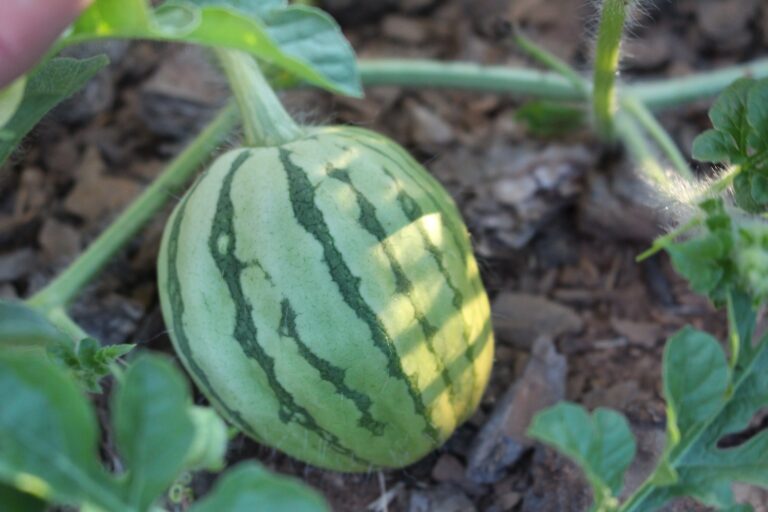Growing Delicious Blueberries in Kenya: The Secret.
Blueberries are a highly nutritious fruit that have gained immense popularity globally over the years. They are rich in antioxidants, fiber, and vitamins A and C, making them an excellent addition to any diet.
Blueberries are commonly grown in countries such as the United States, Canada, and Chile. However, with the increasing demand for blueberries worldwide, farmers in other parts of the world are now trying their hand at growing this fruit.
Kenya is one such country that has caught on to this trend. With its ample land and favorable climate conditions for agriculture, Kenya has become a hub for various types of farming activities.
But many farmers in Kenya wonder if blueberry cultivation is possible within its borders. The question remains: Can blueberries grow in Kenya?
In this article, we’ll explore this question further by examining various aspects related to growing blueberries in Kenya. We will discuss factors such as climate conditions, soil type requirements, and plant varieties that can thrive under Kenyan conditions.
Additionally, we will examine some of the challenges that farmers might face when cultivating blueberries in Kenya. So without further ado, let’s delve into the fascinating world of blueberry farming and see if it is possible to cultivate these delicious berries right here in Kenya!
Blueberry Basics
The Superfood You Need in Your Diet
Blueberries are one of the most popular fruits in the world. They are a small, round, and juicy fruit that come in different shades of blue.
Blueberries have a sweet and tangy taste that is loved by many. In addition to their delicious taste, blueberries are packed with vitamins and minerals that provide numerous health benefits.
Nutritional Benefits of Blueberries
Blueberries contain high levels of vitamin C, vitamin K, fiber, and antioxidants. These nutrients help to boost the immune system and promote overall health. Antioxidants found in blueberries can also help to prevent diseases such as cancer and heart disease.
Ideal Growing Conditions for Blueberries
To achieve optimum growth, blueberry plants require specific growing conditions. The ideal climate for growing blueberries is one that has mild temperatures with long periods of sunlight during the day and cool temperatures at night. A soil pH level between 4.5 to 5.5 is considered to be best for blueberry growth as it provides an acidic environment which is essential for nutrient absorption by the plant’s roots.
The type of soil used should be well-drained with ample organic matter content to retain moisture without waterlogging the plant roots which can lead to root rot or fungal infections. Growers need not worry about these ideal conditions when growing certain varieties since there are select cultivars designed to grow under non-ideal conditions – later covered in section four of this article..
Climate in Kenya
Kenya experiences a broad range of climates, due mainly to its varying altitudes. The country has five climate zones, namely the hot and humid coast, the dry and arid north and northeast regions, the temperate highlands of central Kenya, the hot and dry lowlands in eastern region, and lastly the cool-cold alpine-like areas on its highest peaks. While these varied climatic conditions can pose some challenges to agriculture in Kenya, they also present opportunities for farmers who can adapt their crops to specific climatic conditions.
Overview of Kenya’s Climate And How It Affects Plant Growth
The climate plays a significant role in plant growth as it affects factors such as temperature, humidity levels, rainfall patterns and wind speeds. For blueberries to thrive well and produce high yields in any given environment, they need specific climatic conditions that support their growth requirements. Blueberries prefer moderate temperatures that range between 15-30°C (60-85°F) during the growing season.
They also require an average annual rainfall of about 600–1000 mm (24-39 inches) distributed evenly throughout their growing cycle. Additionally, blueberry plants prefer soils with good drainage capabilities which help prevent waterlogging around their roots.
Comparison Of Kenyan Climate To Ideal Blueberry Growing Conditions
Although most regions in Kenya have favorable temperatures for blueberry growth during certain seasons of the year due to varying altitudes across different regions; finding areas with sufficient rainfall amounts may be a bit difficult since most parts of Kenya receive only one rainy season per year. However it is possible to successfully grow blueberries under irrigation systems. When comparing Kenyan climate with ideal blueberry growing conditions; some areas such as Central Rift Valley region have relatively good soil types that can support blueberry cultivation while other regions such as Eastern part of Kenya may require more inputs and technical know-how to successfully grow blueberries due to high temperatures, low rainfall amounts and poor soil types.
Blueberry Varieties that Grow Well in Kenya
List of Blueberry Varieties That Can Thrive In Kenyan Climate
When it comes to blueberries, not all varieties can withstand the Kenyan climate. However, there are a few hardy varieties known to thrive in this region. These include:
1. Tifblue – A variety that is famous for its resistance to disease and heat, Tifblue is high-yielding and produces medium-sized berries with a sweet flavor. 2. Sunshine Blue – This variety is compact, making it an excellent option for people with limited space.
Sunshine Blue produces small yet delicious fruits with a mild flavor. 3. Sharpblue – Known for its juicy berries that ripen late in the season, Sharpblue is a productive plant that bears fruit from June to October.
Description of Each Variety’s Characteristics and Growing Requirements
Tifblue: This variety is deciduous and can grow up to 6 feet tall when matured. It prefers well-draining soil with an acidic pH range of 4-5.5.
Tifblue should be planted in areas with full sun exposure but needs protection against strong winds. Sunshine Blue: This semi-deciduous variety grows up to 4 feet tall when matured, making it ideal for container gardening or small garden spaces.
Sunshine Blue requires well-draining soils rich in organic matter and an acidic pH range of 4-5.5. Sharpblue: This evergreen variety has dark green foliage and can grow up to 8 feet tall when matured if not pruned back regularly.
It prefers slightly acidic soil (pH range of 4-5) rich in organic matter and full sun exposure for at least six hours per day. Growing blueberries successfully in Kenya requires selecting the right varieties suited to the local climate.
Farmers can choose from Tifblue, Sunshine Blue, and Sharpblue, among other varieties. It is essential to pay attention to each variety’s characteristics and growing requirements, including soil type and sun exposure, to ensure healthy plant growth and optimal fruit production.
Soil Requirements for Blueberry Growth
Blueberries will only grow in soil that is suited to their preference, which is acidic with a pH between 4.5-5.5. This type of soil has a high concentration of organic matter and is rich in nutrients such as Nitrogen, Phosphorus, and Potassium.
The Type of Soil That Is Best Suited for Growing Blueberries
Blueberries prefer well-drained soils with plenty of organic matter. It’s essential to avoid heavy clay or sandy soils because they can’t hold enough water or nutrients required for blueberry growth.
If the soil is too heavy, it can lead to poor drainage that may suffocate the roots and cause them to rot. On the other hand, sandy soils have low water retention capacity resulting in less moisture for plants which then face dehydration.
Explanation on How to Prepare Soil for Planting
To prepare the soil for planting blueberries, you must first test its acidity levels using a pH tester kit. You can then add acidic fertilizers such as ammonium sulfate or elemental sulfur to lower the pH levels if necessary. Next, remove all weeds from the planting area and dig a hole deep enough to accommodate the plant’s root system without disturbing it.
Add compost manure/pine bark mulch on top of the dug hole before planting your blueberry plant. It’s advisable to amend your new plant bed by adding compost annually or once every few years while avoiding over-fertilization which could lead to nutrient burn/metal toxicity in your blueberry plants.
Planting, Maintenance, and Harvesting Techniques
Step-by-step guide on planting blueberries in Kenya
To plant blueberries in Kenya, start by choosing a location that receives adequate sunlight (6-8 hours per day) and has well-draining soil. Blueberries prefer acidic soil with a pH of 4.5 to 5.5, so test your soil before planting and adjust as necessary with sulfur or other amendments. Dig a hole twice the width of the root ball and slightly shallower than the depth of the container it came in.
Gently loosen the roots before placing the plant in the hole and backfill with soil, firming around the base of the plant. Water thoroughly.
Tips for maintaining blueberry bushes
Blueberries need consistent moisture to thrive but are susceptible to root rot if overwatered or planted in poorly draining soil. Mulching around the base of each plant can help retain moisture while also suppressing weeds that can compete for water and nutrients.
Fertilize with a balanced fertilizer designed for acid-loving plants in early spring before new growth appears, taking care not to over-fertilize which can lead to excessive vegetative growth at the expense of fruit production. Pest control may be necessary if insects like aphids or thrips become an issue; use insecticidal soap or neem oil rather than harsh chemical pesticides that can harm beneficial insects like bees.
Harvesting blueberries
Blueberries typically ripen from June through August depending on variety and location within Kenya. Ripe berries will be plump, juicy, and have a deep blue color with no trace of redness on their skin; they should come off easily when gently tugged without any resistance from their stem.
Harvest your berries carefully by picking them individually rather than pulling whole clusters off at once, which can damage the plant. Refrigerate harvested berries immediately and eat within a few days or freeze for longer storage.
Challenges Faced When Growing Blueberries In Kenya
The Battle Against Pests and Diseases
Blueberry plants are prone to attack by pests and diseases, which can lead to significant damage and even total crop failure. In Kenya, the most common threats to blueberries include aphids, mites, thrips, and various types of fungi.
Farmers must adopt preventive measures such as proper irrigation and fertilization techniques or spraying with insecticides and fungicides. Careful monitoring of the plants is essential to catch any signs of infestation early before it becomes too late.
Soil Acidity Levels
Blueberry plants thrive in acidic soil with a pH level between 4.0-5.5. However, most Kenyan soils are alkaline with pH levels ranging from 6.0-7.8, making it difficult for blueberries to grow successfully. To counter this, farmers should prepare the soil well before planting by adding organic matter like compost or rotting leaves that will lower the pH levels of the soil over time.
Pollination Challenges
Another challenge faced when growing blueberries in Kenya is pollination since most commercial varieties need cross-pollination for successful fruit formation. Cross-pollination occurs when bees transfer pollen from one flower to another using their legs or wings while collecting nectar which leads to increased fruit set and quality yields. However, not all varieties bloom at the same time; therefore farmers often have to plant different cultivars that flower simultaneously for successful cross-pollination.
Harvesting Logistics
Harvesting blueberries is labor-intensive work that requires careful timing since berries must be picked at their peak ripeness stage when they have reached their maximum sweetness levels but before they start falling off from the bush. In addition, transportation logistics become crucial as blueberries are highly perishable fruits and must be packed and transported under cool conditions to retain their freshness. Farmers need to have a well-established transportation network in place to ensure that the berries reach the market on time while still fresh.
Solutions to These Challenges
To address these challenges, farmers who want to venture into blueberry farming should seek expert advice from agricultural extension officers or consult with established blueberry farmers who have experience dealing with these issues. They should also invest in appropriate technology and equipment such as protective netting, irrigation systems, and refrigerated vehicles for transport. Proper soil preparation and regular soil testing will ensure that the plants have a conducive environment for growth; whereas, alternative pollination methods such as hand pollination can be used if cross-pollination is not practical.
Investing in training for workers on proper harvesting techniques or outsourcing labor can save both time and money while ensuring that berries are picked at their peak ripeness levels. With these solutions, Kenyan farmers can overcome the challenges of growing blueberries successfully and reap its benefits.
Conclusion
Recap on the possibility of growing blueberries successfully in Kenya
Blueberries can definitely be cultivated successfully in Kenya. Although the country’s climate may not align exactly with ideal blueberry farming conditions, there are many varieties that can thrive in this environment. With proper soil preparation, planting techniques, and maintenance practices, farmers in Kenya can expect a bountiful harvest of these delicious and nutritious berries.
Encouragement to farmers who may be interested in trying out this venture
For any farmers who may be considering growing blueberries in Kenya, we highly encourage you to take the plunge! Blueberries have become increasingly popular worldwide due to their health benefits and versatility. By growing blueberries locally, Kenyan farmers have the potential to tap into a lucrative market both domestically and globally.
Plus, it’s always exciting to try something new and challenging! With the right knowledge and resources at hand, there’s no reason why you can’t become a successful blueberry farmer.







![Profitable watermelon farming in Kenya [Download Checklist]](https://harvestseason.co.ke/wp-content/uploads/2022/08/watermelon-1808136_1280-768x576.jpg)